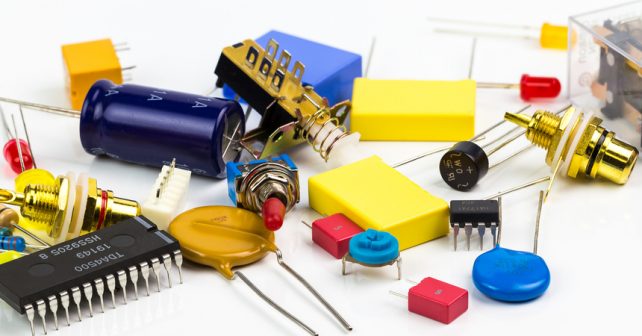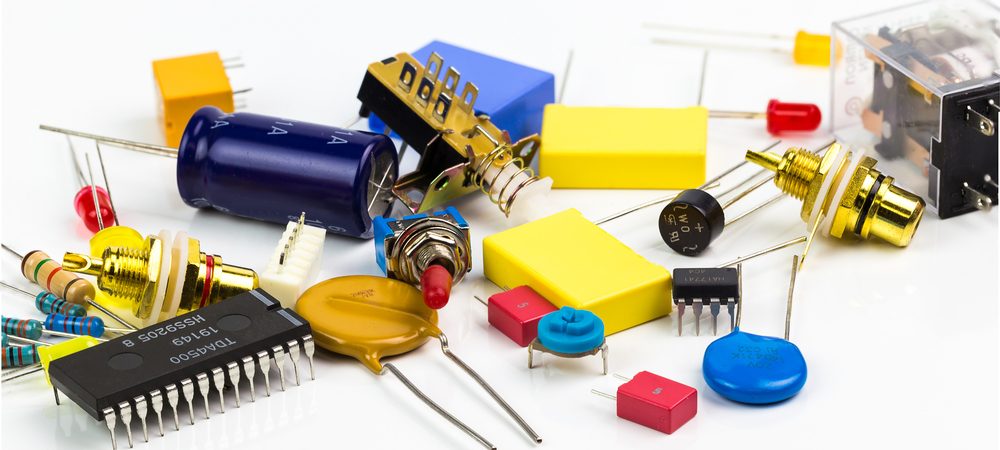
There’s a Component Shortage?
The growth of technology directly impacts the demand for electronic components. Since 2017 there’s been a component shortage which looks only to be continuing; the shortage is affecting a range of passive components including resistors, diodes, memory and capacitors with lead times increasing for these.

What’s causing the Component Shortage?
Global innovation, shorter product life cycles, increased demand for handheld devices, IOT and the evolution of the automotive market into hybrids and the like has meant the demand for components is growing rapidly. This exponential growth was stronger than expected and has resulted in manufacturers struggling to keep up with demand; especially when suppliers who were left with the excess product during the recession moved forward with caution, meaning they weren’t flexible to cope with this sudden influx of demand.
To put it in perspective in terms of industry demand increases:
- Automotive: There are between 2-3,000 capacitors for a standard combustion engine car, and up to 22,000 MLCCs (multi-layer ceramic capacitor) for a single electronic car.
- Mobile Phones: around 1,000 capacitors within one flagship phone. 1.5 billion smart phones produced each year, and with MLCC output of around 3 trillion per year, nearly 50% goes straight to smartphones.
Is it Likely to End Anytime Soon?
Unfortunately, that’s unlikely; some experts are predicting that the shortages could reach to 2020 and beyond. Increasing demand for future proof components such as those going into IOT developments means passive component makers are increasing their capacity for these as a priority rather than legacy components which have lessening demand and value.
There are also limitations to manufacturing technology which means industries such as MLCC manufacturing have plateaued. In addition, it does mean that component manufacturers are looking into other solutions which could accelerate the move into next generation smaller components and lead to future efficiency.
What are electronic manufacturers/designers doing to get around these issues?
With increased lead times as well as shortages companies are as you’d expect bulk ordering the components they can get their hands on to ensure they have a backlog and mitigate production delays for future projects, unfortunately this doesn’t offer a long-term solution and also skews demand further.
More and more manufacturers are also having to approach their manufacturing more flexibly and taking a more proactive approach to forecasting component requirements for upcoming sales.
Relationships are paying a large part in who is obtaining components, those who have built up agreements over the years with component suppliers or who are a larger customer are taking priority in receiving parts.
How is the Newbury Group Dealing With/Tackling the Component Shortage?
At the Newbury Group, we continue to monitor our supply chain on a daily basis. We hold buffer stocks of hard to get passive components and we maintain close relationships with our major suppliers with a view to keeping continuity of supply. Inevitably, there is upward pressure on supply prices. We have as yet not been defeated in our mission to maintain component supplies for our client’s products.
Technically, we have also been further improving our capacity to place 0201 and 01005 components, because we anticipate it is these that our clients will increasingly be forced to use to futureproof their supply of passives. It is becoming truer that if your components are not being used in mobile devices, they will become hard to get. If you need an update to your legacy electronic design, call us, we can help.





Leave a Reply